In today’s time, when we are experiencing the energy crisis and the demand for oil, coal and natural gas is increasing, the environmental responsibility of companies and countries operating in all sectors becomes more important. It has become very difficult to meet the CO2 emission targets announced a year ago. Also in 2021, the International Air Transport Association – IATA announced that the airline industry had agreed on a balanced plan to achieve net-zero carbon emissions by 2050. However, there have been many interesting developments since last year.
Possible environmental scenarios from IATA include the following: 65 percent achieved with Sustainable Aviation Fuel (SAF), 13 percent with hydrogen and electric propulsion, 3 percent with more efficient operations, offset as a non-industry solution as technology advances, and finally 19 percent with carbon capture efficiency can. However, according to IATA, a solution with state incentives is possible. With the right incentives, the industry can produce 30 billion liters of SAF by 2030.
Aviation industry regulators are also working on a common basis for airports and airlines to participate in the “net zero carbon” commitment by 2050. Airlines, on the other hand, sign projects that are gradually added to this system, in line with the wishes of the regulators, known as rule-makers.
As part of its efforts to reduce CO2 emissions, Turkish Airlines (THY) launched the “Co2mission” program to combat climate change last August.
Pegasus Airlines was among the leading airlines in the world to make this commitment in line with the ‘Net Zero Carbon Emissions by 2050’ resolution adopted at IATA’s 77th Annual General Meeting.
The “Net Zero CO2 Emissions by 2050” project is organized to cover all airlines in the world. Almost all companies continue to work within this commitment. However, there are some airlines that are ahead of others with the projects they are preparing to be more environmentally friendly. This week I researched airlines working for a better and cleaner future. Let’s see which are the greenest airlines of the future?
one) United Airlines
United Airlines last year acquired a stake in hydrogen-electric engine developer ZeroAvia in a bid to eliminate greenhouse gas emissions by 2050. The US airline wants to buy up to 100 engines. Under the terms of the agreement, up to 100 units of zero-emission ZeroAvia ZA2000-RJ engines will be purchased through 2028, which can be fitted to the airline’s CRJ-550 aircraft, operated by the airline’s low-cost subsidiary United Express. The developed engines will be used in United Express aircraft after approval by the regulatory authorities. The company has also ordered 50 Boom Overture supersonic airliners, 35 of which are optional. The supersonic passenger plane, due to roll out in 2025, is slated to hit the skies in 2026. United will add aircraft to its fleet once Overture meets strict safety, operational and sustainability requirements. The net zero-carbon aircraft will fly 100 percent on Sustainable Aviation Fuel (SAF).
2) Hawaiian Airlines
US carrier Hawaiian Airlines, announced last May, has signed a partnership with electric seaplane maker REGENT to operate them on inter-island routes. The company is planning the first commercial flight on the aircraft in 2028. The airline has also inked a new deal for REGENT’s 100-seat all-electric seaplane, known as the Monarch. The US airline plans to launch the Monarch, which it intends to use between the islands, by 2028. With around 130 daily flights between the Hawaiian Islands, Hawaiian Airlines was one of the most environmentally friendly airlines with this project.
3) EasyJet
The airline plans to carry passengers on hydrogen-powered, hydrogen-electric, or both aircraft after the mid-2030s. In November 2021, easyJet took part in ‘Race to Zero’, a UN-backed global campaign to achieve net-zero carbon emissions by 2050 at the latest. In addition, the company announced that it is working with GKN Aerospace on hydrogen-powered aircraft. As part of easyJet’s drive to decarbonize aviation, the company began supporting the development of GKN Aerospace’s Hydrogen Combustion (H2JET) and Hydrogen Fuel Cell (H2GEAR) technology.
4) Air New Zealand
The New Zealand airline, which recently launched one of the world’s longest flights between New York and Auckland, is targeting zero emissions by 2050. The company is the second airline in the world to announce its ambitious science-based emissions reduction target. The interim target, validated by the Science-Based Targets (SBTi) initiative, is a 28.9 percent reduction in carbon intensity by 2030 compared to 2019. In addition, the airline plans to diversify its fleet with electric aircraft models over the next 10 years and to completely replace turboprop aircraft with alternative energy aircraft.
5) Singapore Airlines
Earlier this year, Singapore Airlines (SIA) signed the Global SAF Declaration with Airbus, Rolls-Royce and Safran at the Singapore Airshow, committing to accelerate the development, production and consumption of Sustainable Aviation Fuel (SAF). . About five months after this development, Singapore Airlines took another step forward. It partnered with GenZero, a Temasek investment platform committed to accelerating decarbonization globally, to provide blended Sustainable Aviation Fuel (SAF) at Changi Airport. At Changi Airport, part of Singapore’s pilot area, SIA and its subsidiary Scoot Airlines performed the first mixed SAF loading on take-off flights. As part of this pilot project, 1,000 tonnes of SAF were supplied by Neste and blended with refined jet fuel at ExxonMobil’s facilities in Singapore. This development is expected to reduce carbon dioxide emissions by 2,500 tons.
6) Air France-KLM
Air France KLM Group last year committed to setting CO2 reduction targets by 2035, in addition to its target of net-zero CO2 emissions by 2050. One of the most important steps in Air France – KLM Group’s strategy to decarbonize the world is its work aimed at reducing global warming to below 2°C. The company runs a joint project with the Science-Based Targets Initiative (SBTİ), an independent organization established by the Carbon Disclosure Project (CDP), the United Nations Global Compact and the World Wildlife Fund (WWF). SBTI is an organization that uses scientific approaches and criteria to evaluate and monitor companies’ targets for reducing their carbon emissions, and ensures that these targets are in line with the Paris Agreement. With the commitment signed with SBTİ, Air France – KLM Group became one of the first European airline groups to confirm its CO2 emission reduction targets. The group has an ambitious plan to renew its fleet with next-generation aircraft that emit between 20 and 25 percent less CO2.
Developments and events in the aviation industry arouse more curiosity than other modes of transport. Last week, the TUI flight from Antalya to Rotterdam got caught in a flock of birds and had to make an emergency landing in Romania’s capital, Bucharest. Bird strikes, which pose a major threat to cockpit glass and engines, can complicate flight safety from time to time. On this TUI flight, the pilots considered the situation risky and carried out an emergency landing. According to the statements of the passengers, after an uncontrolled hard landing, it turned out that the cockpit glass of the Boeing 737 aircraft model had been shattered by the bird strike. Due to the emergency landing, emergency services and paramedics met the aircraft on the apron without any problems. However, the real problem began when passengers heard that the cockpit glass had cracked. Complaints and various misinformation have been circulated on social media. The management and actions of such critical events in the aviation industry are determined by the rules. In fact, an emergency landing was carried out in connection with this. There’s no use panicking after a safe forced landing and spreading misinformation and exaggerating the broken cockpit glass. On the contrary, it triggers a fear of flying and invites you to make uncomfortable journeys.
The most dangerous glass breakage occurred in China
There is not a plane in the history of aviation that has crashed because its glass has cracked. However, there are cases when the passengers and pilots on the plane are particularly affected by cabin pressure. The most important of these happened in China in recent years, 2018. It happened while Sichuan Airlines Airbus A319 model airplane was flying Flight 8633. About half an hour after the plane took off from Chongqing Jiangbei Airport, the cockpit glass broke at an altitude of 32,000 feet. The glass on the co-pilot’s side cracked loudly, causing moments of fear. The crack in the glass attracted the co-pilot and caused a sudden loss of pressure and heat in the cockpit. The captain pilot adjusted cabin pressure by reducing altitude. However, the materials in the cockpit were blown up and some equipment was damaged. The ads are difficult to read. The captain’s pilot requested an emergency landing after the incident. Due to a problem in the automatic landing system, the aircraft landed manually. The aircraft with 119 passengers and 9 crew members veered from the runway and made an emergency landing. There was no significant incident.
Cockpit and aircraft windows are custom made
The lenses used in aircraft are specially manufactured to withstand all conditions and cabin pressure at thousands of meters in the air. Of course, airplane cockpit windows cannot be like those of land vehicles. The glass in the cockpit consists of two special thick layers. Between these two layers there is a layer for the heating system, as well as special materials that give strength. There are also cases when the heating system at -50 degrees at thousands of meters altitude can tear the outer layer. However, since the two thick layers of glass in the aircraft withstand the cabin pressure, external influences and the toughest conditions, there were no significant incidents caused by cracks in the glass.
In what phase of flight does it occur?
Glass cracks or structural damage usually occur during takeoff and ascent, and during landing. The causes of such damage can be attributed to general bird strikes. However, glass breakage, capillary cracks and large cracks have been reported even at cruising altitude.
The biggest problem is the pressure loss.
Depending on the extent of the damage to the cockpit glass, there may be a loss of pressure inside the aircraft. The most critical problem in breaking glass is pressure loss. Because the possibility of undesirable results is high, as part of the procedures, pilots take immediate precautions and lower altitude. And they make an emergency landing in the next space. Otherwise, while the current temperature in the cockpit is 22-24 degrees, the temperature at altitudes from 29 to 43 thousand feet, where mainly passenger aircraft fly, will be -50 to -60 degrees. In such a case, noise/hum will occur in the cockpit, making it difficult for flight crews to hear each other and tower/radar attendants. For this reason, precautions are taken before an important event is given an opportunity by applying procedures.
#worlds #greenest #airlines
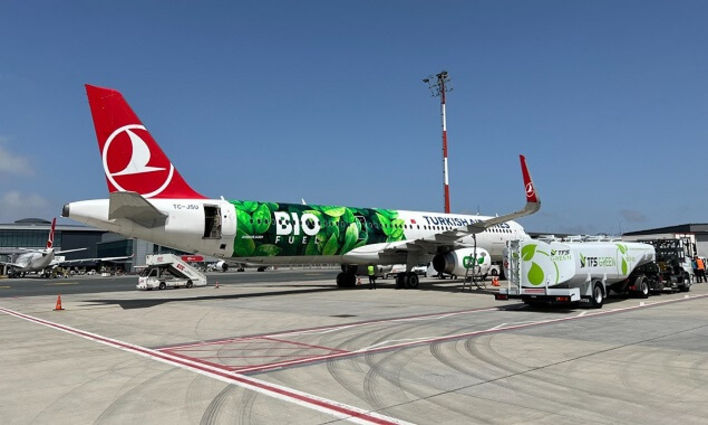
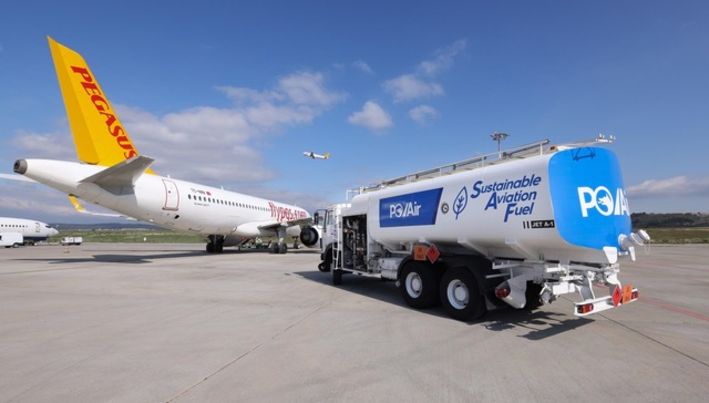
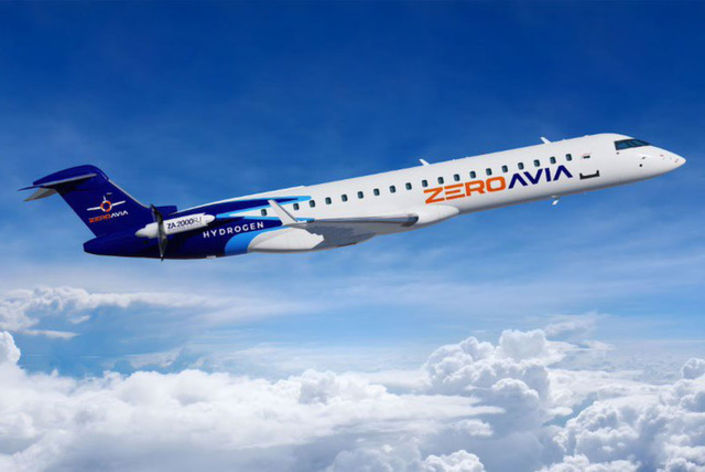

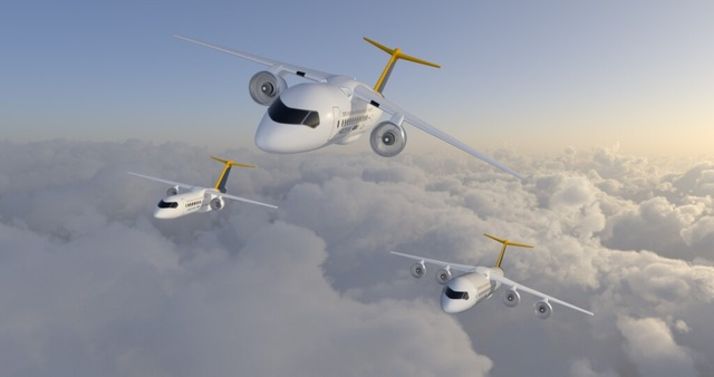

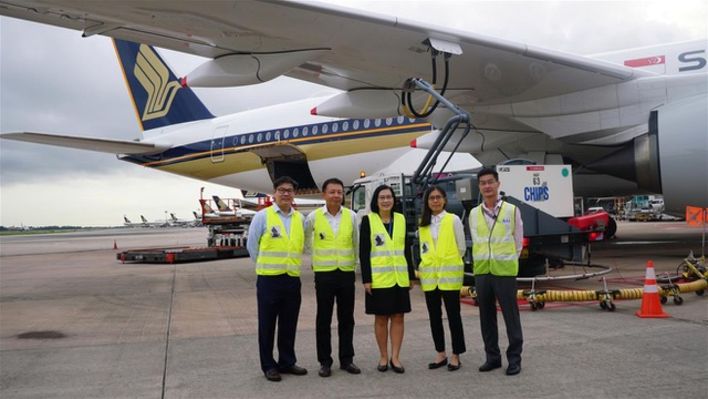
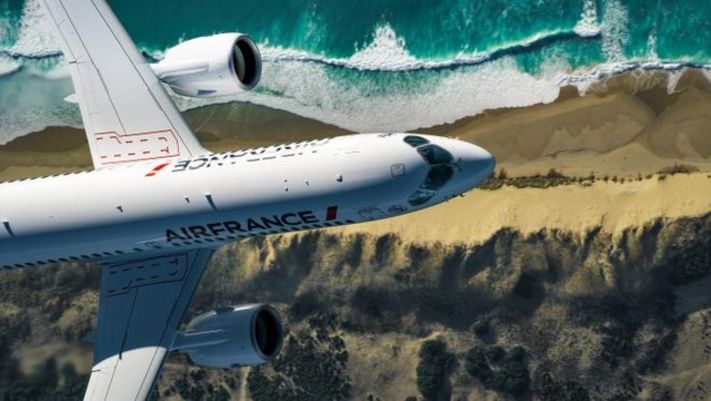
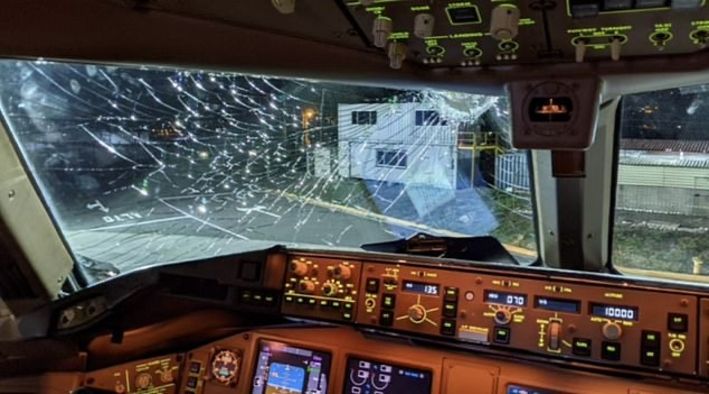

No comments:
Post a Comment